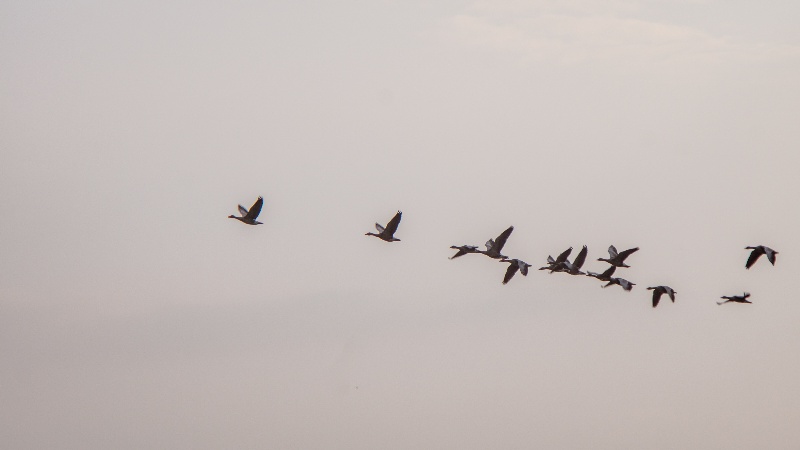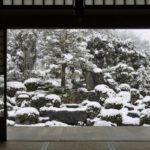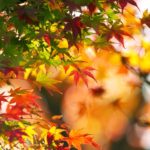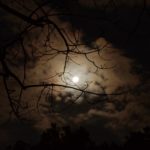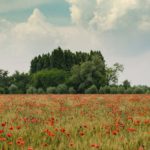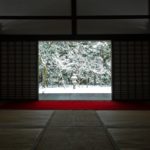Any other seasonal subjects for a poem? Yes, we have one. Wild geese. Have you ever seen a flock of wild geese in the sky or hear them honking? Here is a waka about that imagery.
この季節の主題は他に何があるでしょうか?そう、雁です。空を渡る雁の群れを見たり、クワワワと鳴く声を聞いたりしたことがありますか?その情景を詠った和歌です。
うきことを おもひつらねて かりがねの なきこそわたれ あきのよなよな
ukikotowo omoitsuranete kariganeno nakikoso watare akino yona yonawild geese
flying and honking
a string of worries
one after another
night after nightLiterally:
A flock of wild geese fly in tight formation, honking because of a series of troubled thoughts, night after night.
あの群れなす雁たちはつらいことをあれこれ思いながら鳴き、夜ごと空を渡るのだなあ。
A flock of wild geese in flight used to be a common sight throughout Japan. The arrival of migrant geese was once a sign of the new season. Japanese people loudly boast the land’s beauty of nature but we have lost much of it in numerous parts of the country. Lyricism emerges when a poet develops an imagery of nature in expressing their emotions with a 31-word constraint. Many of the songs from Kokinshu lead us to look back with great nostalgia.
空を渡る雁の群れは、以前は日本各地で見られました。渡って来る雁は、かつては新たな季節の訪れを告げていたのです。日本人はその国土の美しさを誇りますが、各地でその多くを失ってきたのも事実です。歌人たちは、31文字の制約のなかで心情を詠い、自然の心象風景を作り出すことで、独自の抒情性を生み出してきたのです。古今集の歌の数々が郷愁を誘うのもそんなことが理由かもしれませんね。
